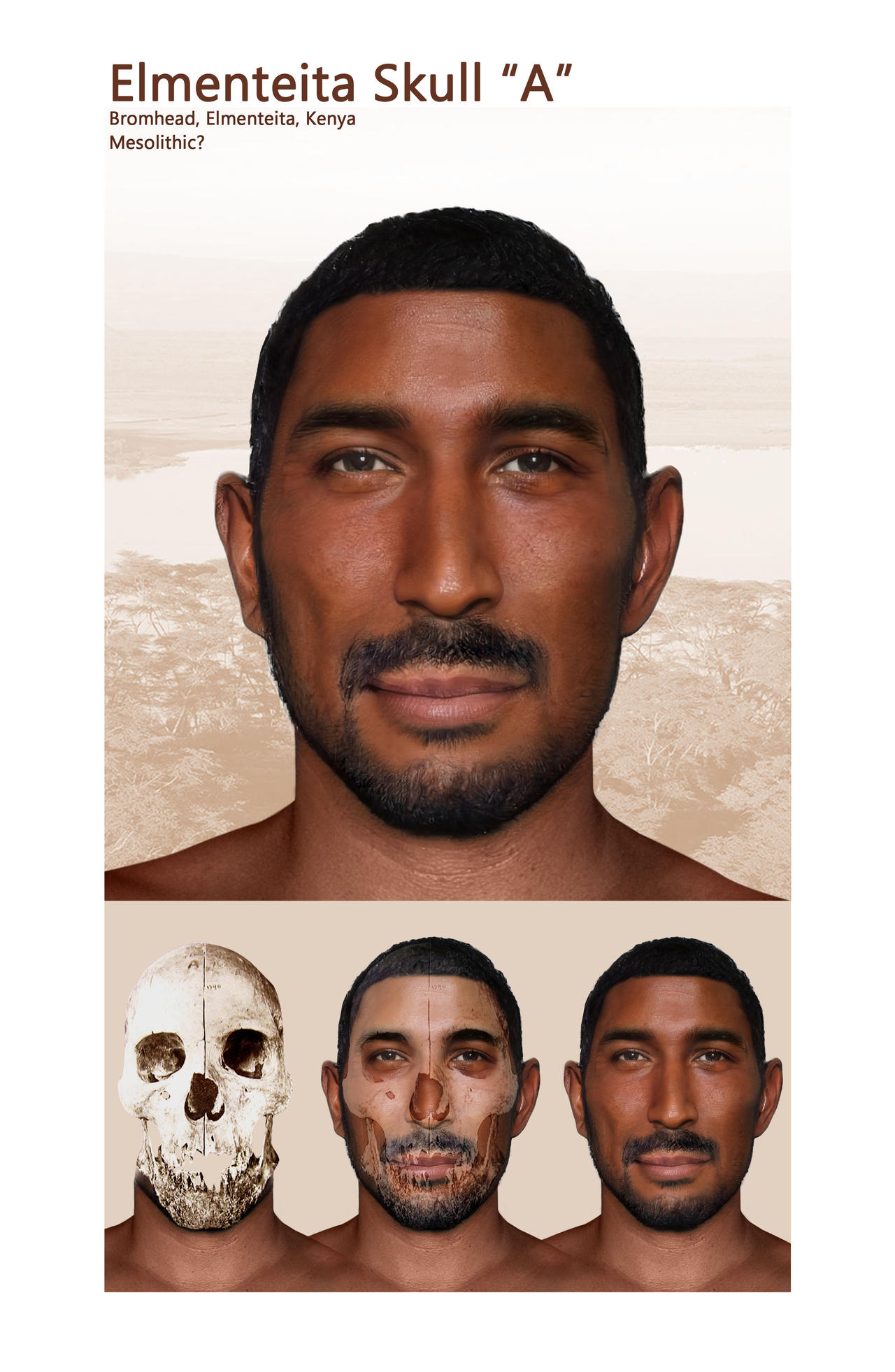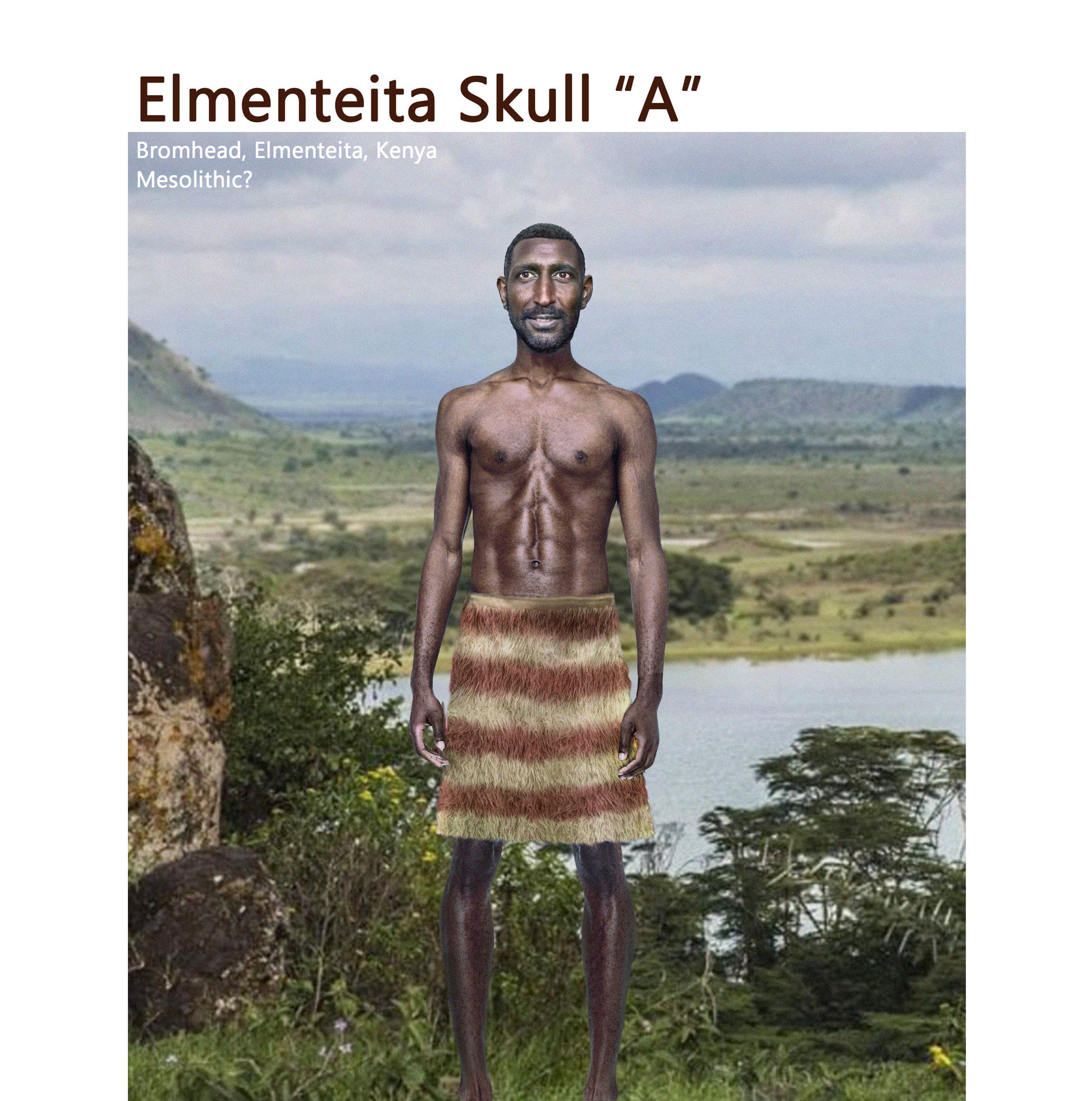You should check out the Hofmeyr Skull. It dates to 36kya from its archeological context (not radiocarbon dating) in South Africa! Why is this strange? It has the skull variation of Upper Paleolithic Western Eurasians (close to the broader clusters of Europeans). For three years now, I have wondered how that person ended up in South Africa, and it revolutionizes how we view Africa's demographic picture, where we have to account for dynamic variational fluxes. Remember, people of that time had high mobility bandwidth.
I think that individual was from North Africa or there is something very unprecedented with the pre-historic picture of prehistoric Africa masked by later gene-flow overturns.
"Against the dearth of late Pleistocene human skeletal remains from sub-Saharan Africa stands a nearly complete cranium from Hofmeyr, South Africa, which has been dated to approximately 36 ka through a combination of optically-stimulated luminescence and uranium-series methods (Grine et al., 2007). Preliminary assessment indicates its strongest morphometric affinities to be with Upper Paleolithic Eurasians rather than recent, geographically proximate people (Grine et al., 2007). This observation is potentially significant in view of the geochronological age of the Hofmeyr skull and the ability of craniometric data to differentiate recent human populations in accord with their geographic and genetic relationships (Howells, 1973, 1989; Lahr, 1996; Ribot, 2003, 2004; Relethford, 2004; Roseman, 2004; Roseman and Weaver, 2004; Harvati and Weaver, 2006; Martinez-Abadias et al., 2006; González-José et al., 2008; Varela et al., 2008).
The results of the study by Grine et al. (2007), which must be regarded as preliminary owing, in part, to the limited late Pleistocene cranial sample employed, are nevertheless consistent with the hypothesis that Upper Paleolithic Eurasians descended from a population that emigrated from sub-Saharan Africa in the late Pleistocene. As such, the Hofmeyr cranium affords the first potential insights into the morphology of this African population."
https://doi.org/10.1016/j.jhevol.2010.02.007 (Grine et al., 2010)
View attachment 294003
DOI:
10.1126/science.1136294 (Grine et al., 2007)
--
To answer your question, the past was complex. I don't think one should bet against anything. I think the concept of SSA is nothing but obstructive. But then again, we need labels - without them, it would be hard to have a conversation. The issue is when the intrinsic shortcomings and errors of the labels define future discourse which we see much of. Frankly, there is no such thing as Sub-Saharan Africa. Go and model a South African as a stand-in for our East African DNA and see the divergence.
The example you game regarding using Ust-Ishim to delineate supposed late middle Stone Age backmigration gene flow can be interesting in that it can explain the relative relationship within African diversity that Ust-Ishim shows closer correspondence - a strict within Africa diversity where the model is only showing difficult interpretive significance (what is sectioned off to various proxies might not be true component differentiations; it's the weakness with thinking existing proxies can reveal greater deep diversity). Or it can be a level of likeness indicating back migration, indeed. We don't know. I don't think both sides and even more explanations are exclusive. Everything is likely correct. We're dealing with great time-depths and so many things happening. It is very interesting, right?



